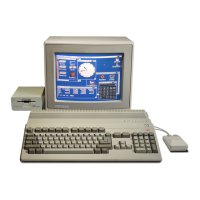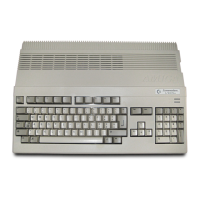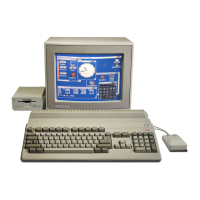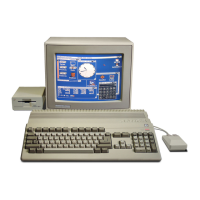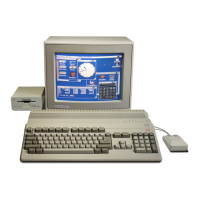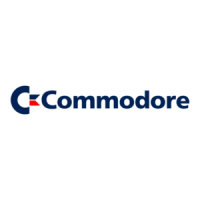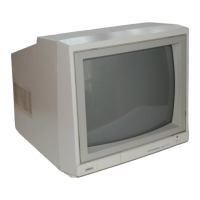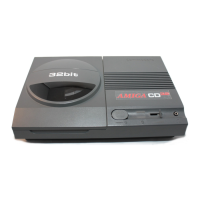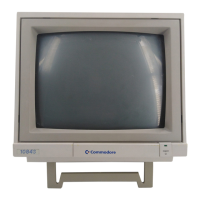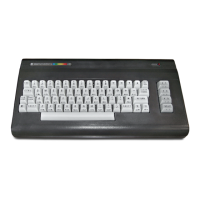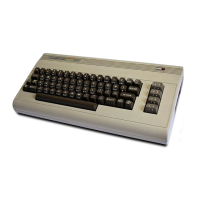Do you have a question about the Commodore Amiga and is the answer not in the manual?
Details on the Amiga's custom coprocessor (Copper) for graphics and hardware control.
How to directly access hardware registers to form Amiga playfields (backgrounds).
Describes sprites, movable graphics objects, their definition, display, and movement.
How to access Amiga audio hardware to produce sounds, covering basic concepts and complex sounds.
High-performance graphics engine for data copying, drawing, and animation effects.
Covers collision detection, DMA control, interrupts, and video priorities.
Explains how the Amiga communicates with the outside world via ports and interfaces.
Steps to define a single playfield matching the screen size, including height, width, and color.
Defines playfield color by deciding colors, loading registers, and allocating bit-planes.
Designing a playfield larger than the display window and scrolling it.
Steps to define a sprite by specifying its characteristics: width, height, shape, color, and position.
Creating a sprite's data structure in memory, including position, control, and color information.
Moving a sprite by specifying different positions in the data structure for redrawing.
Basic steps to create and play a simple, steady sound using Amiga audio hardware.
Performing logic operations by combining minterms from multiple data sources using the LF control byte.
| Manufacturer | Commodore International |
|---|---|
| CPU | Motorola 68000 |
| Operating System | AmigaOS |
| Clock Speed | 7.16 MHz |
| Custom Chipset | Agnus, Denise, Paula |
| Color Palette | 4096 colors |
| On-screen Colors | Up to 32 (from palette) |
| Sound | 4-channel 8-bit sound |
| Storage | 3.5" floppy disk drive |
| Ports | Serial, Parallel, Floppy, Video, Audio, Mouse, Joystick |
| Power Supply | Internal |
| Weight | Varies by model |
| Release Date | 1985 |
| Graphics | Custom graphics chipset |
| Display Resolution | 320x200 to 640x400 (NTSC), 320x256 to 640x512 (PAL) |
